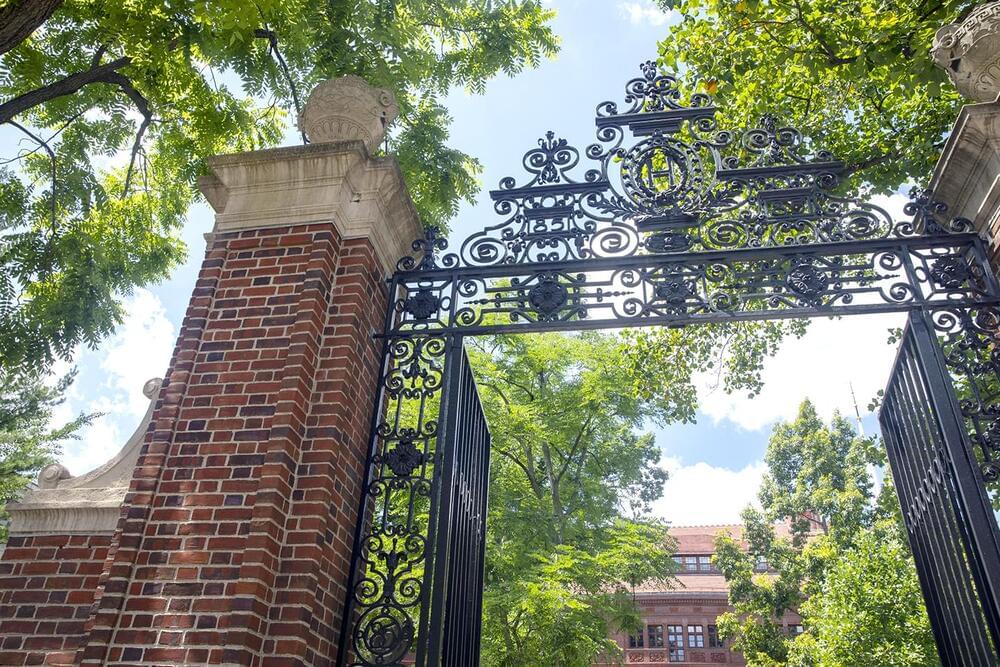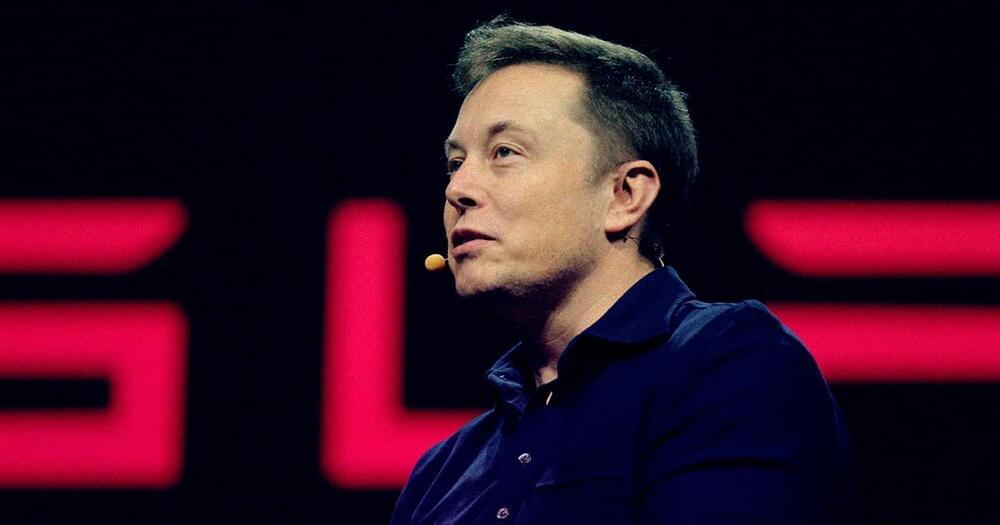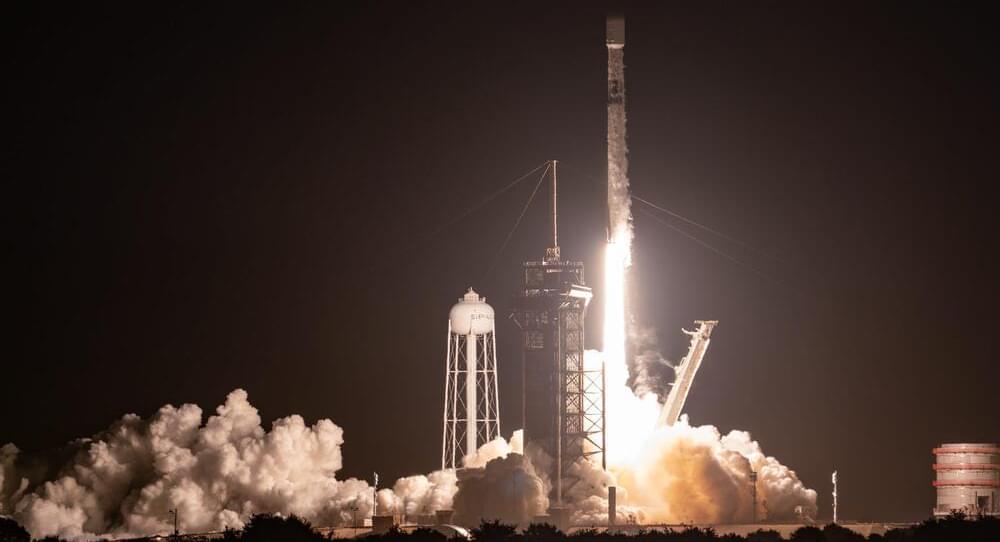The very first industrial revolution historically kicked off with the introduction of steam-and water-powered technology. We have come a long way since then, with the current fourth industrial revolution, or Industry 4.0, being focused on utilizing new technology to boost industrial efficiency.
Some of these technologies include the internet of things (IoT), cloud computing, cyber-physical systems, and artificial intelligence (AI). AI is the key driver of Industry 4.0, automating intelligent machines to self-monitor, interpret, diagnose, and analyze all by themselves. AI methods, such as machine learning (ML), deep learning (DL), natural language processing (NLP), and computer vision (CV), help industries forecast their maintenance needs and cut down on downtime.
However, to ensure the smooth, stable deployment and integration of AI-based systems, the actions and results of these systems must be made comprehensible, or, in other words, “explainable” to experts. In this regard, explainable AI (XAI) focuses on developing algorithms that produce human-understandable results made by AI-based systems. Thus, XAI deployment is useful in Industry 4.0.









